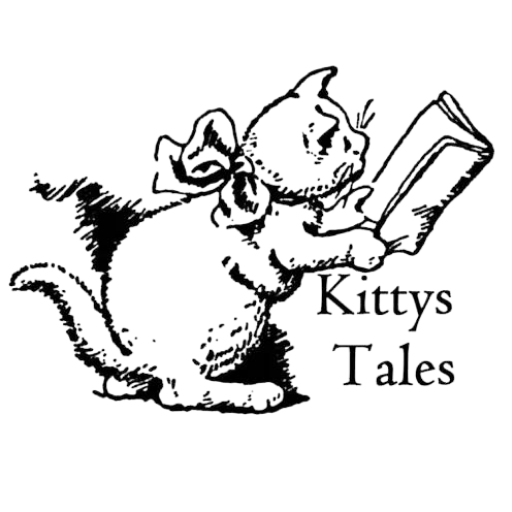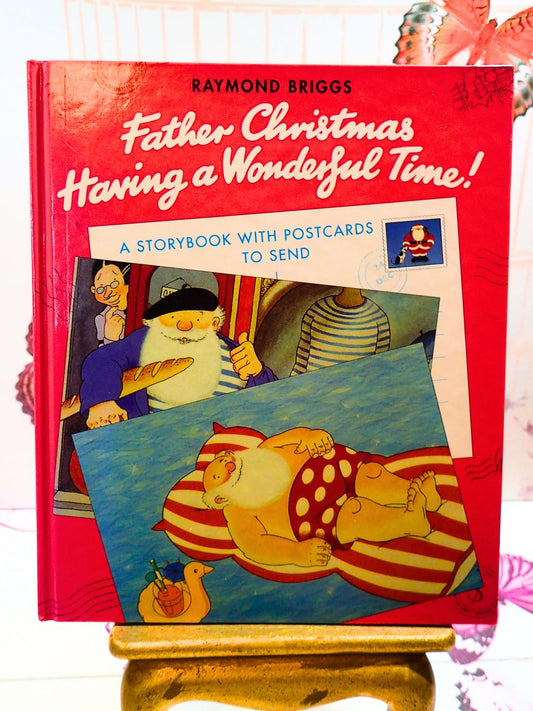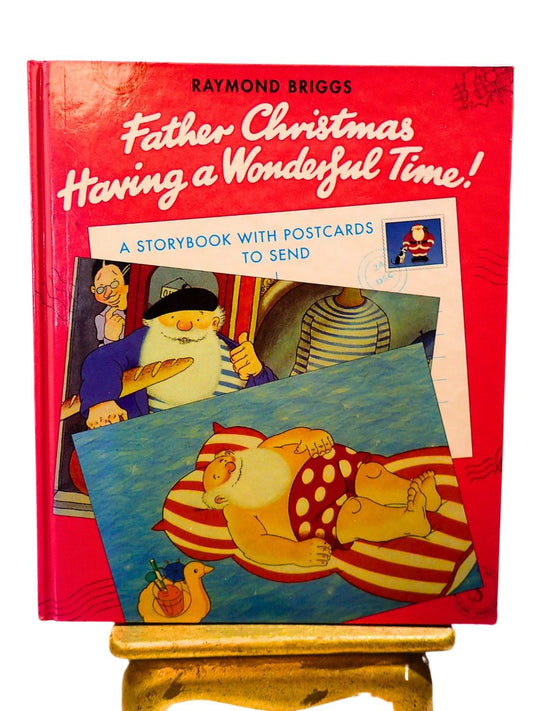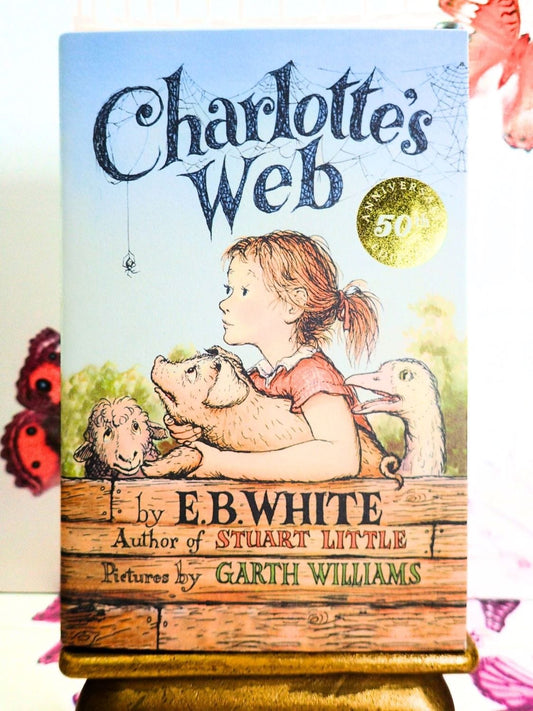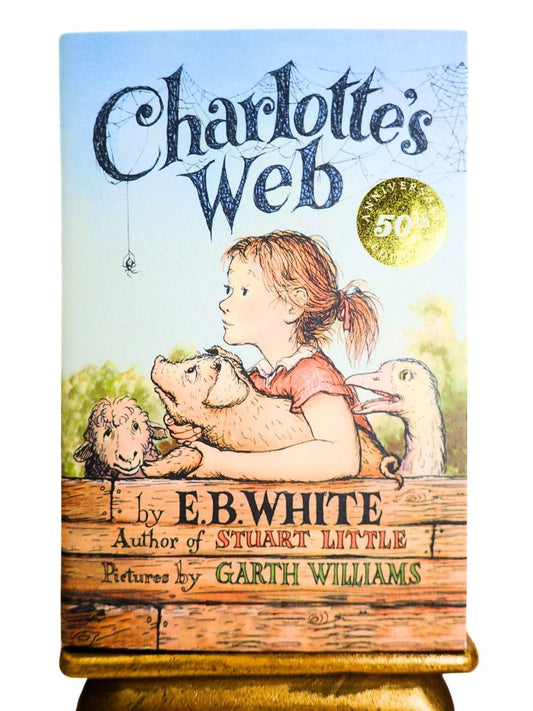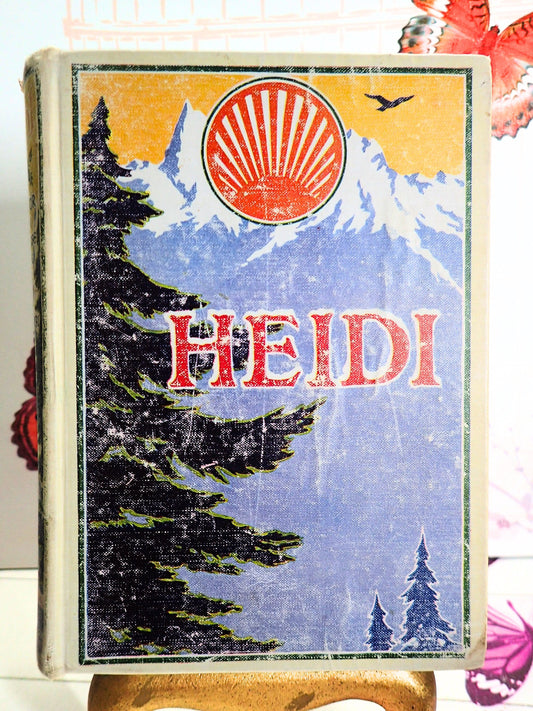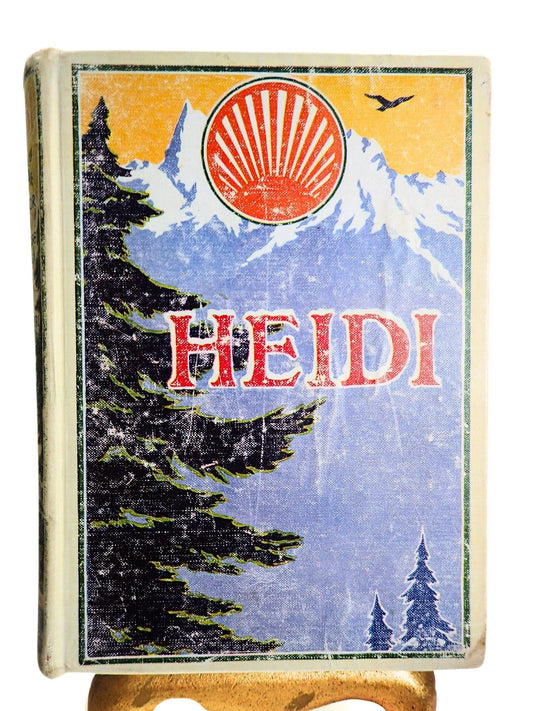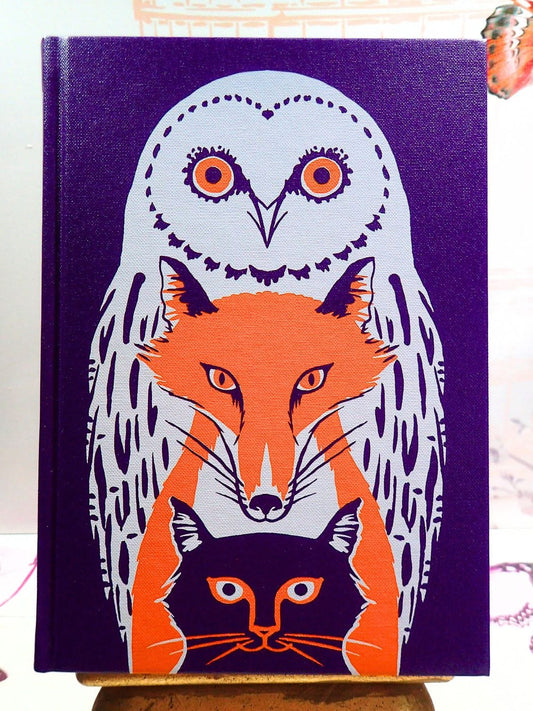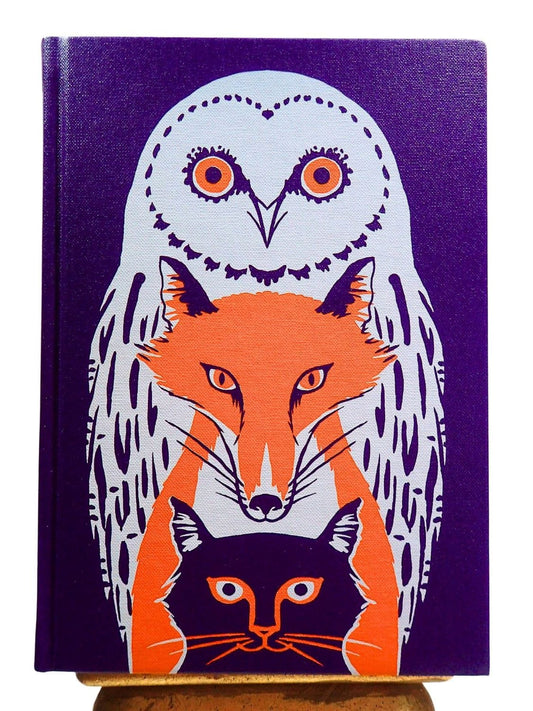Raymond Briggs
-
In our bookstore we have a first edition of Raymond Brigg's most hilarous children's book the irreverent 'Fungus the Bogeyman' in his world of slime. This collectable first edition pop-up version is hilarious and sure to make your child giggle as he follows Fungus through his day in his slimey world.
Raymond Briggs' books are always favourites, especially his classic children's book The Snowman. one of the best loved picture books ever made for children. He also wrote several other delightful vintag Children's books including 'The Bear' all exquisitely illustrated.
-

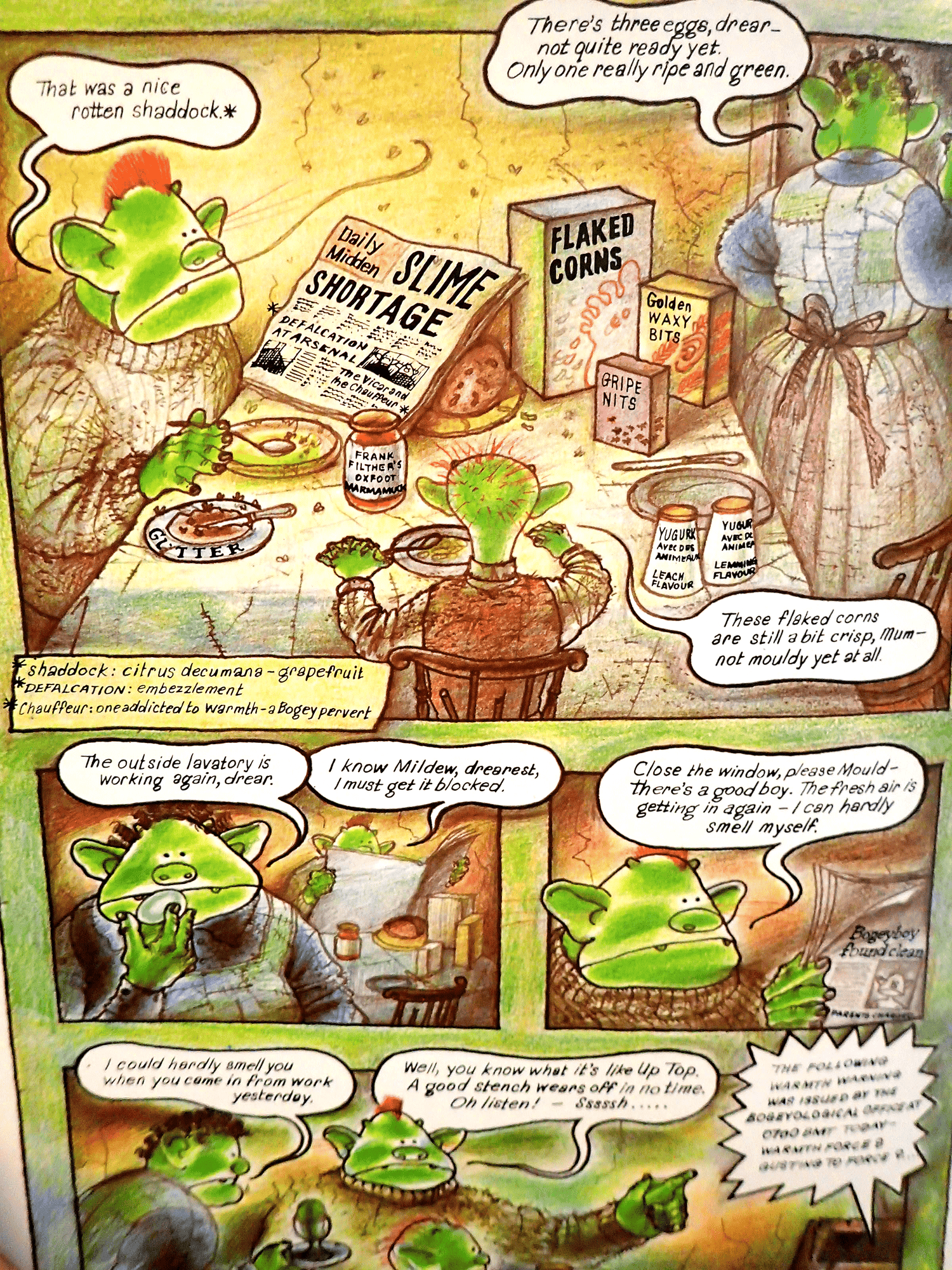
Kitty's Classic Reads: A Favourite Children's Book by Raymond Briggs
"Fungus the Bogeyman" prepare yourself for grime and grot in this hilarious children's book by Raymond Briggs, lesser known than his children's classic "The Snowman" this hilarious children's story shows bogeymen in a whole new light.
Kittys Tales
Fungus The Bogeyman Raymond Briggs First Edition Vintage Children's Book Snowman Author
Share
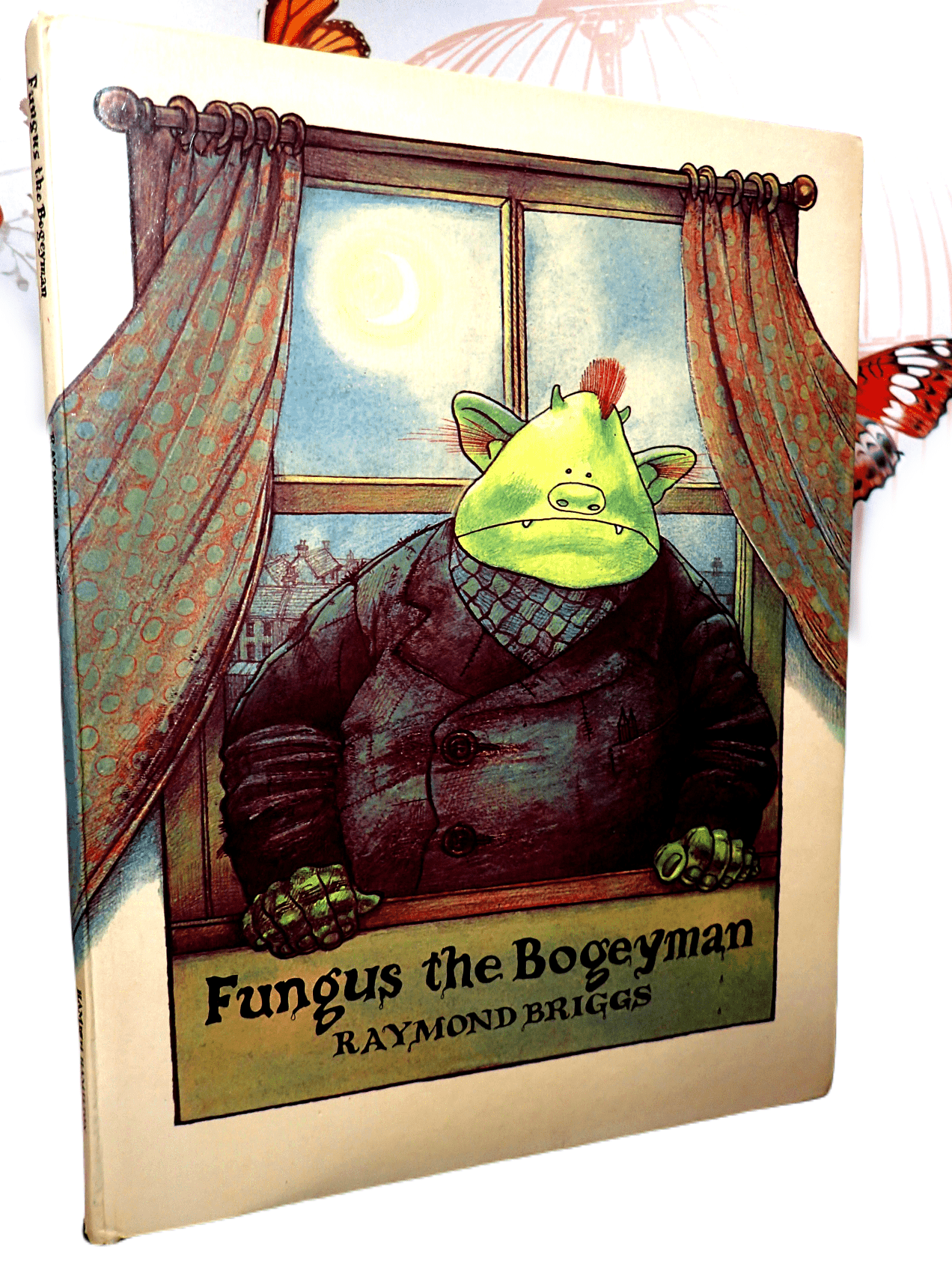
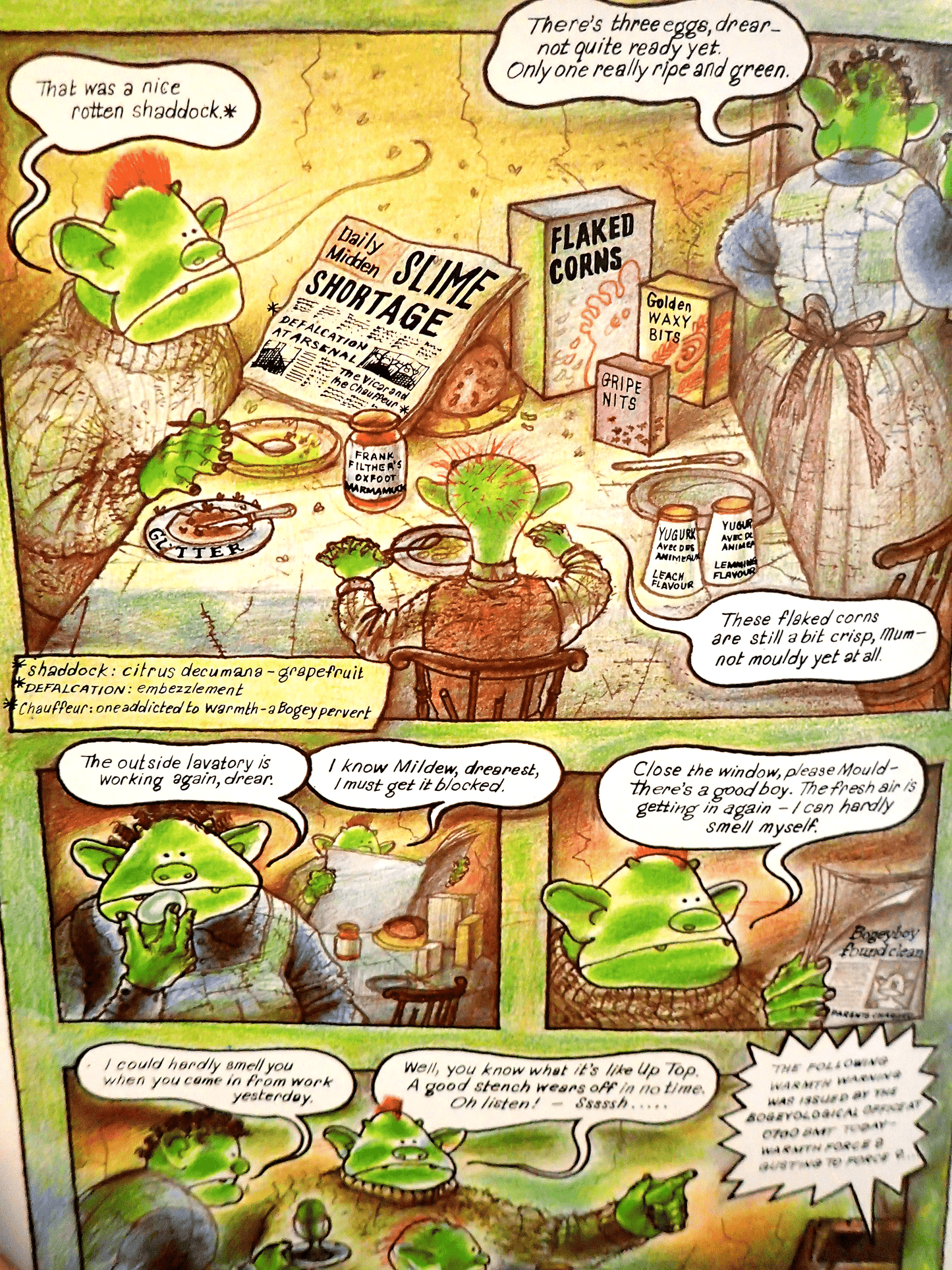
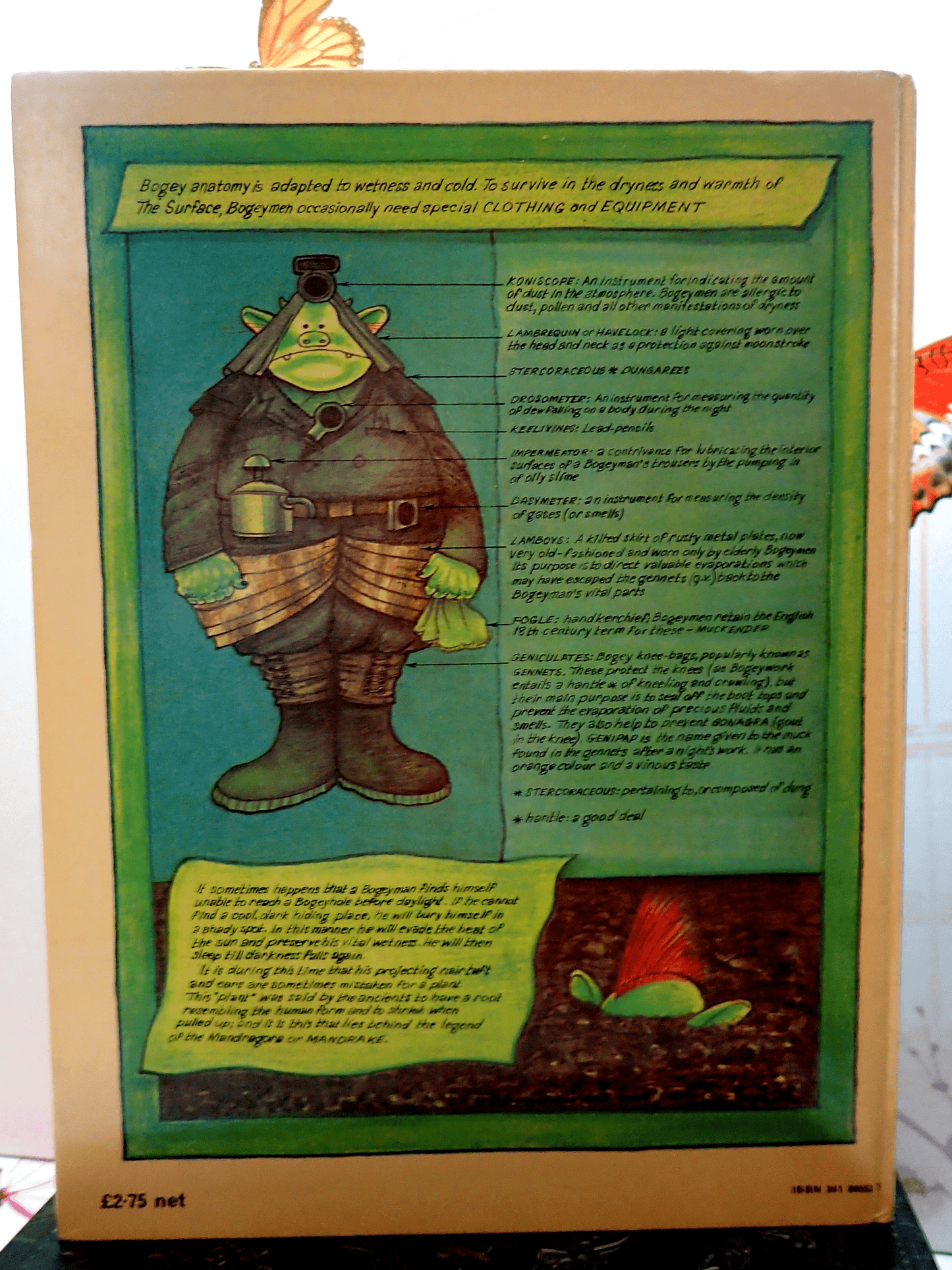
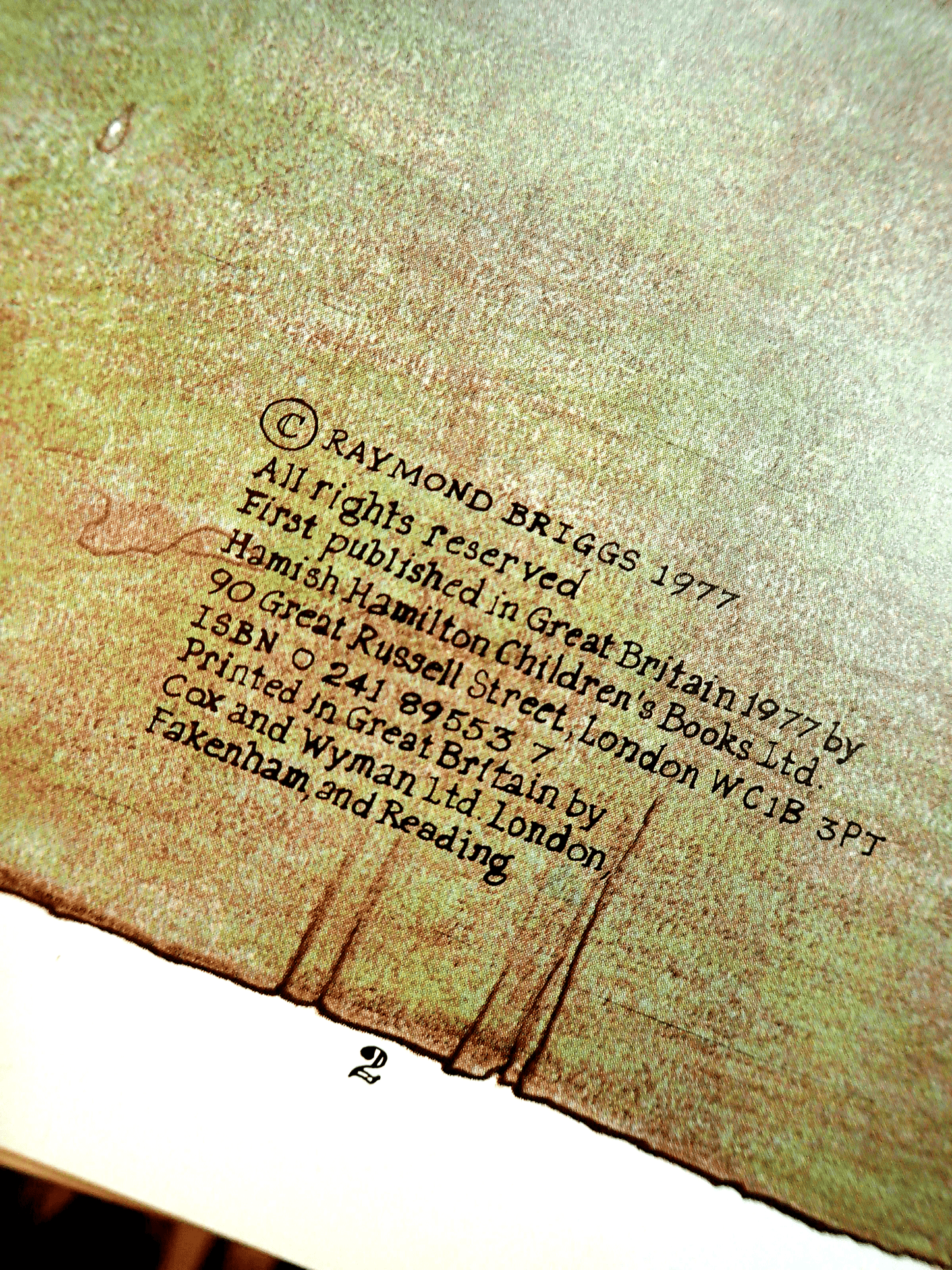
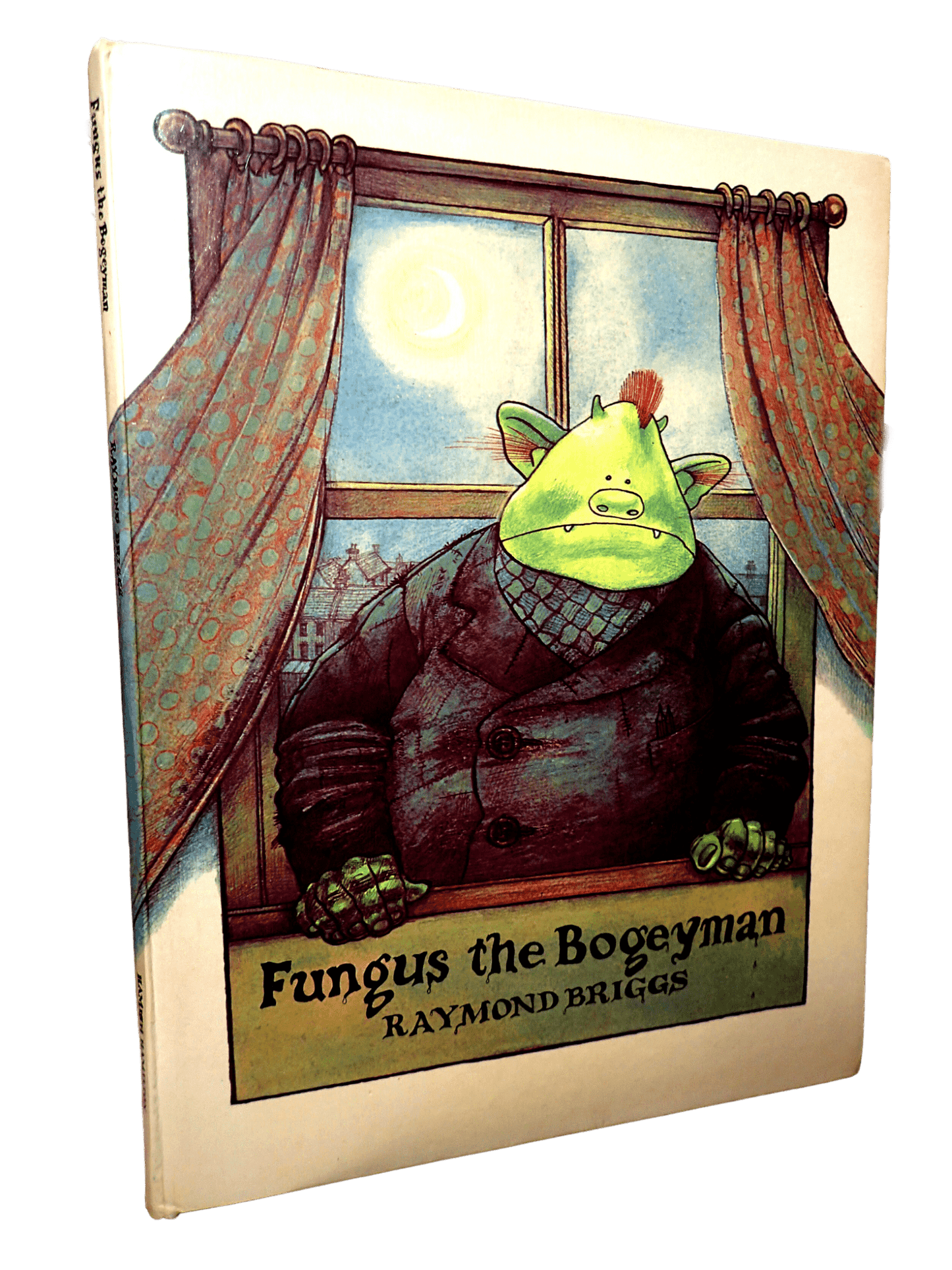
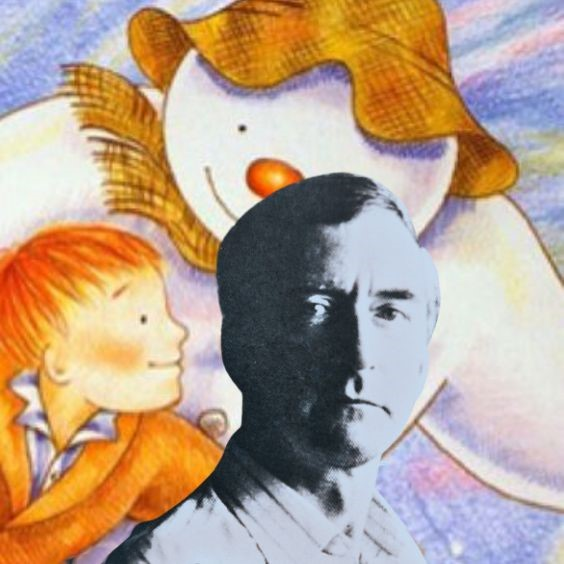
"Women you’d never met before coming up to me in the street or an art gallery…'Oh Mr. Briggs, I love your Snowman book, I bought it for my children, and now I am buying it for my grandchildren.' Wonderful. It’s gone right through two generations. It could go on forever like Beatrix Potter or something…"
Raymond Briggs 'Snowmen Bogeymen and Milkmen' BBC Documentary
Raymond Briggs, created one of the greatest loved characters of 20th century children's fiction in 'The Snowman'. This renowned author and illustrator changed the landscape of children's fiction with his exceptional artistic talent and highly amusing, often quirky, storytelling.
Born on January 18, 1934, in Wimbledon, London, his parents, Ethel and Ernest, (later immortalised in a poignant book of the same name by Briggs), came from a fairly humble working class background. His father was a milkman and his mother was a Lady's maid. Raymond used to assist his father in his morning rounds on the milk float, delivering to row after row of terraced houses in the area where he lived this vignette of life was later charmingly portrayed in one of the scenes of his 'Father Christmas Stories'. From an early age, Raymond Briggs seemed to have a natural artistic talent...
Collapsible content
Read More
His doodles and sketches filled the margins of his schoolbooks, capturing the imaginations of his classmates and teachers alike. If he had achieved his first ambition to be a newspaper reporter we might never have known his artistic talent. Instead, these early scribbles were the seeds of a brilliant career in illustration. By the age of fifteen he was attending Wimbledon School of Art.
Whilst there his ambition grew and he imagined a career as a great painter. Next in his life, however, came two years of National Service. Having completed his duty he was keen to embark upon his artistic career, entering the Slade School of Fine Art in London with extremely high hopes. By the time he left the Slade his attitude had changed, his confidence gone - he believed his skill at painting was inadequate, without realising he was on the way to developing his own unique illustrative style.
Instead of painting he turned his skill to creating black and white line drawn illustrations for various children's books. After a modicum of success he decided to turn his hand to writing a few of his own stories.
His first career breakthrough was when he won the esteemed Kate Greenaway Medal for Children's Illustrations in 1966 for the charming illustrations he created for 'The Mother Goose Treasury'. He went on to gain this award again for his cartoon strip work 'Father Christmas' 1973. Raymond Briggs illustrations possess a unique warmth and sincerity that made them instantly recognizable.
Unfettered and able to explore his artistic talent fully he created the irreverently disgusting, whilst highly entertaining children's book 'Fungus the Bogeyman' in 1977. Followed closely upon its heels with his best loved book 'The Snowman' in 1978 released to great acclaim. The book featured no words just Briggs' charmingly evocative illustrations. This wordless picture book that tells the enchanting story of a young boy and his magical snowman companion. Through his masterful illustrations, Briggs takes readers on a breathtaking journey, capturing the wonder and joy of a winter's night. The book's timeless appeal has led to its adaptation into an animated film, becoming a beloved holiday tradition for many.
Whether it's the endearing Snowman or the lovable Father Christmas, Briggs' illustrations have a timeless quality that continues to enchant readers to this day. But it wasn't just his illustrations that garnered praise and admiration. Briggs' storytelling abilities were equally exceptional.
He had a knack for crafting narratives that resonated with readers, touching upon universal themes of love, loss, and the power of imagination. Inspired by his father's radical tendencies his stories touched upon difficult and contentious themes to powerful political effect. Books such as 'When the Wind Blows' a heartbreaking narrative so gently told about the reality of Nuclear war and its effect on a sweet old couple, reflected his lifelong commitment to Nuclear Disarmament.
His parody 'The Tin-Pot Foreign General and the Old Iron Woman' published in 1984, made a searing caricature of Margaret Thatcher and Britain's role in the Falklands War. Apart from his strong political commentary, much of Briggs' work was extremely moving and sentimental, one of his sweetest books being 'Ethel and Ernest', a beautifully layered illustrative story that chronicles the lives of his parents during the war years and a rapidly changing twentieth-century Britain.
His stories have a rare blend of bittersweet humour and poignancy, evoking laughter and tugging at heartstrings in equal measure. This graphic novel in particular, showcases Briggs' ability to capture the subtleties of human emotions and relationships with both grace and humor.It could be said that Raymond Briggs bridged the gap between illustrated children's books and cartoon or comics, now commonly described as Graphic Novels.
Up until the mid- twentieth century the style of children's books in general had greater delineation, Briggs blurred the boundaries and made a book such as 'The Snowman' with no words at all become a widely accepted form of children's book, broadening the possibilities for subsequent children's writers and illustrators.
The world has changed again, with Artificial Intelligence now capable of creating illustration, of a sort, but this can never match the warmth or pathos of human illustrative works or have the ability to see the world through a child's eyes or evoke the deep emotional connection to a book or illustration that many of us have with our favourite childhood books that stays with us for life.
Raymond Briggs' extraordinary talent and evocative illustrations charmed and delighted readers for decades. He infused his own gentle wit and warmth into his illustrations creating endearing characters that become part of our lives.
Raymond Briggs died in 2022 but his books remain as an incredible legacy to such a talented and moving illustrator. Along with many of his other books 'The Snowman', above all, remains an iconic Children's classic.
Books by this Author
Timeline of Books illustrated or written and illustrated by Raymond Briggs:
● 1968: The Christmas Book (James Reeves)
● 1970: The Tale of Three Landlubbers
● 1972: The Fairy Tale Treasury
● 1972: Festivals
● 1973: The Forbidden Forest and Other Stories
● 1973: Father Christmas
● 1975: Father Christmas Goes on Holiday
● 1977: Fungus the Bogeyman
● 1978: The Snowman
● 1980: Gentleman Jim
● 1982: Fungus the Bogeyman Plop-up Book
● 1982: When the Wind Blows
● 1983: When the Wind Blows: A Play
● 1984:The Tin-Pot Foreign General and the Old Iron Woman
● 1985: The Party
● 1985: Building the Snowman
● 1985: Dressing Up
● 1985: Walking in the Air
● 1986: The Snowman: A Pop-up Book with Music
● 1986: All in a Day
● 1987: Unlucky Wally
● 1990: The Snowman Storybook
● 1991: The Snowman Tell-the-Time Book
● 1992: Father Christmas: The Book of the Film
● 1992: The Man
● 1993: Father Christmas Having a Wonderful Time
● 1994: The Snowman: Things to Touch and Feel, See and Sniff
● 1994: The Bear
● 1995: The Snowman: The Original Storybook with Activities for Young Learners of English
● 1995: Father Christmas Games Book
● 1997: Fatherhood
● 1998: Ethel & Ernest
● 2000: Fattypuffs and Thinifers
● 2001: Ivor
● 2001: The Snowman in Cross Stitch
● 2001: The Adventures of Bert
● 2001: Ug: Boy Genius of the Stone Age and his Search for Soft Trousers
● 2001: Ivor the Invisible
● 2002: A Bit More Bert
● 2003: Blooming Books
● 2003: The Fungus Big Green Bogey Book: Snot for the Faint-Hearted
● 2004: The Puddleman
● 2005: Collected Poetry for Children (Ted Hughes)
● 2007: The Elephant and the Bad Baby
● 2015: Notes From The Sofa
● 2020: Time for Lights Out
Shop more of our Best Loved Vintage Books:
-
Father Christmas Having a Wonderful Time Raymond Briggs First Edition Vintage Children's Book
Vendor:Kittys TalesRegular price £48.00 GBPRegular priceUnit price / per -
Charlotte's Web E.B.White Classic Vintage Children's Book 50th Anniversary Edition Puffin Hardback
Vendor:Kittys TalesRegular price £12.50 GBPRegular priceUnit price / per -
Heidi Johanna Spyri A tale for Children Dutton New York 1930 Beautiful Vintage Book
Vendor:Kittys TalesRegular price £48.00 GBPRegular priceUnit price / per -
The Midnight Folk John Masefield Vintage Children's Book Folio Edition First Thus Slipcase
Vendor:Kittys TalesRegular price £68.00 GBPRegular priceUnit price / per
Explore our Splendid Vintage Book Collections
-
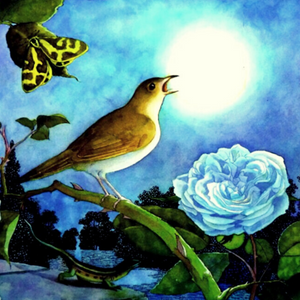
Vintage Bedtime Story Books
Why do we recommend "Kittys Tales" Collection of "Vintage Bedtime Story Books"? Many...
-
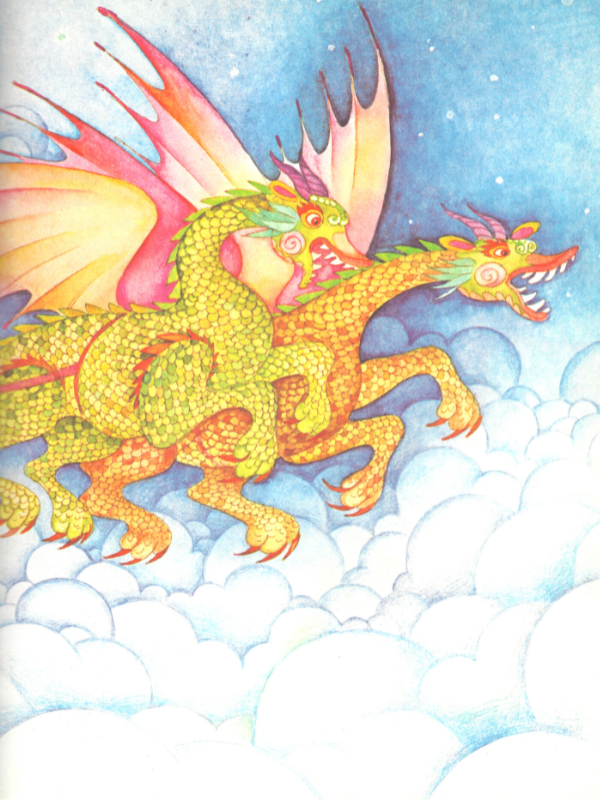
Fairy Tale Myth and Fantasy Books
Why choose our Vintage Fairytale, Myth and Fantasy books? Old Fairy Tale...
-
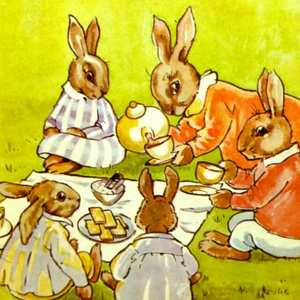
Vintage Children's Books
Why buy "Vintage Children's books" from Kittys Tales? We stock all sorts...
